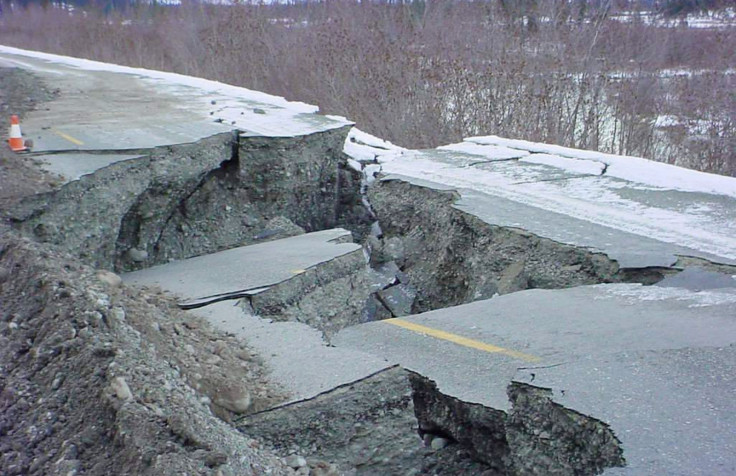Alaska is at high tsunami risk due to structure discovered beneath sea floor
The feature is similar to the one that caused the devastating 2011 tsunami in Tohoku, Japan.

The previously uncharted geological features identified near Alaska put the region at risk of strong tsunamis, a new study has found.
The feature is similar to one off the coast of Japan, which caused the 2011 Tohoku earthquake and tsunami, killing 20,000 people and causing meltdowns in three nuclear reactors, according to the study published in Nature Geoscience.
The feature is found under the seafloor near the Aleutian Islands, about 600 kilometres from Anchorage. It is a 'creeping' subduction zone, which ordinarily moves at a steady pace, with an oceanic plate diving beneath a continental plate.
If this slow subduction is halted due to friction, pressure can build up. When this is released and the plates can jump past each other, leading to an earthquake and potentially a tsunami.
What's special about the Alaskan geological feature is a part of the continental plate that is partially detached. This makes it particularly prone to 'jumping' during periods of seismic activity.
In the 2011 Tohoku tsunami, just this happened, leading to a wave up to 130 feet tall sweeping towards mainland Japan.
The feature was identified using state-of-the-art ground-penetrating sound beams, researchers from Columbia University created a CAT-scan-like map of the sea floor beneath the region. By analysing a series of small earthquakes in the region, they identified that the nearby fault is likely to be active.
"With that big fault there, that outer part of the plate could move independently and make a tsunami a lot more effective," said study author Donna Shillington of the Lamont-Doherty Earth Observatory in a statement. "You get a lot more vertical motion if the part that moves is close to the seafloor surface."
The presence of the feature in Alaska as well as Japan suggests that they might be much more common than previously thought.
"The possibility that such features are widespread is of global significance," said Anne Bécel, also a study author at Lamont-Doherty.
"We don't have images from many places. If we were to look around the world, we would probably see a lot more," Shillington concluded.
© Copyright IBTimes 2025. All rights reserved.





















